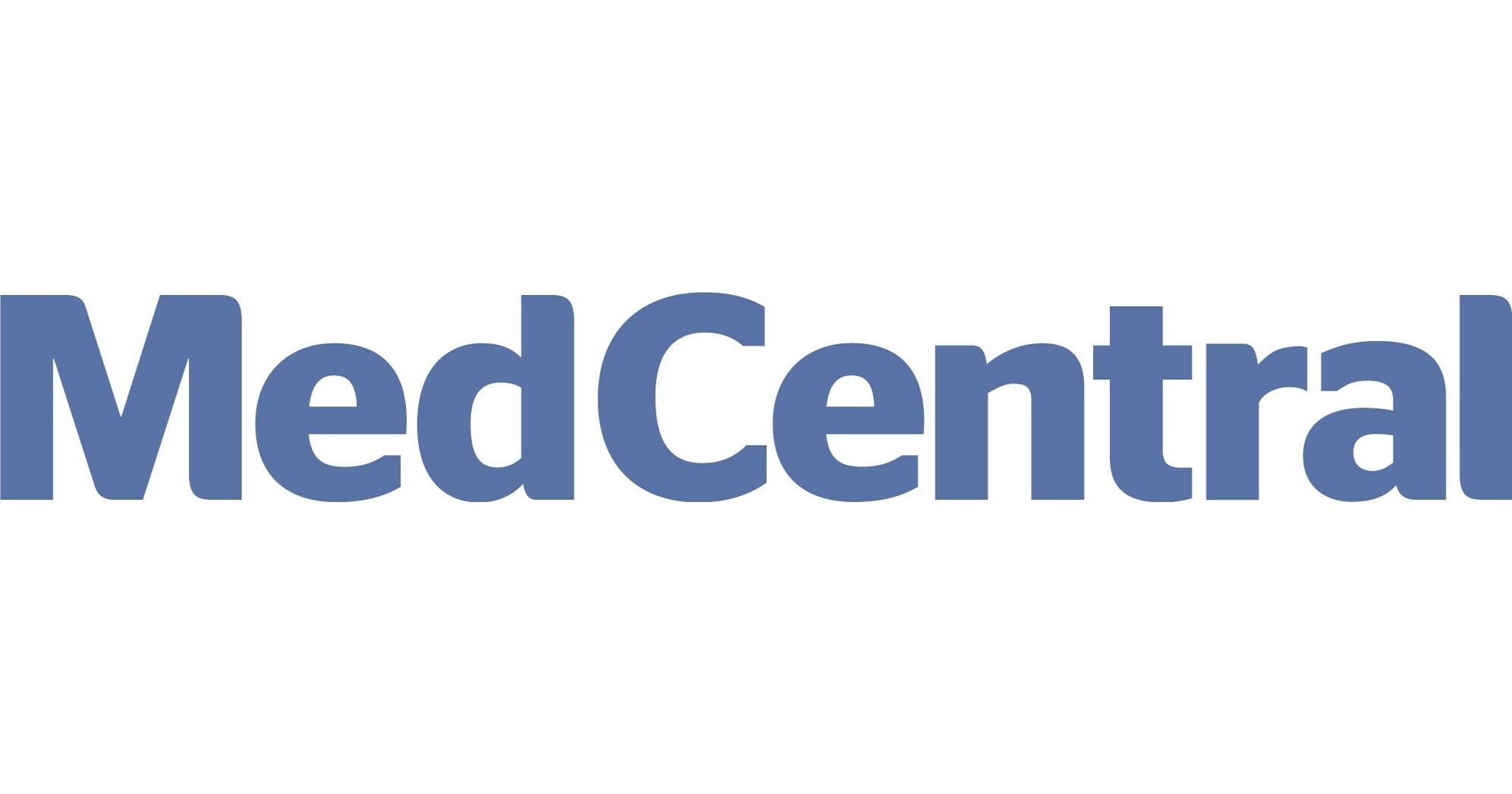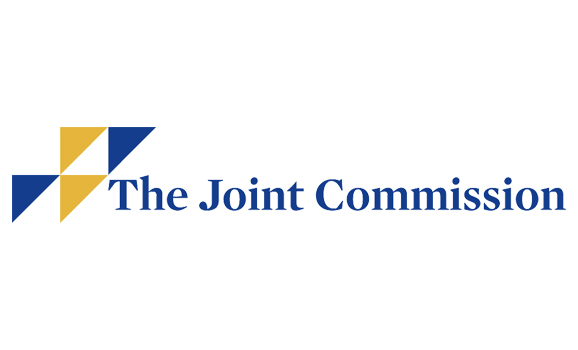Study: Racial, insurance disparities persist in access to buprenorphine after opioid-related events

Editor's Note Black and Hispanic patients remain significantly less likely than White patients to receive buprenorphine after an opioid-related health care event, according research published June 26 in JAMA Network Open. Patients with Medicaid or Medicare Advantage also had higher odds of receiving buprenorphine than those with commercial insurance. The…
Neuromodulation gaining momentum as a transformative force in neuro care

Editor's Note Neuromodulation is shifting from the margins to the forefront of neurological treatment, offering real-world potential to transform care for conditions like epilepsy, Parkinson’s disease, and substance use disorder. As reported by Medical Device Network on May 19, the field is seeing accelerated innovation and investment, with global market…
Painkiller without opioid risks shows potential in animal trials

Editor's Note An experimental compound developed at Duke University School of Medicine provides strong pain relief without the side effects or addiction potential of opioids, according to a May 19 announcement from the university. Known as SBI-810, the drug targets a specific receptor in the nervous system and uses a…
Personalized perioperative pain management reduces opioid use

Editor's Note Helping patients taper opioids preoperatively before deploying multimodal care strategies can help prevent instances of patients already with prescriptions going home with even higher doses. That’s the main takeaway from an April 22 MedCentral interview with Marie N. Hanna, MD, division chief for regional anesthesia and acute pain…
Study links intraoperative synthetic opioids, worse postoperative pain

Editor's Note Using powerful synthetic opioids remifentanil and sufentanil during surgery increases risk of patients suffering during recovery, according to a study in the journal Regional Anesthesia & Pain Medicine. HealthDay reported the news February 27. According to the article, researchers analyzed data from 971 patients who underwent surgery—37% orthopedic…
Study: ERAS protocol reduces opioid use after cardiac surgery

Editor's Note Implementing a multimodal analgesia-based enhanced recovery after surgery (ERAS) protocol significantly reduced both intraoperative opioid administration and postoperative opioid prescriptions in cardiac surgery patients, according to a January 5 report in Anesthesiology News. The findings were presented at the 2024 International Anesthesia Research Society meeting by Montefiore-Einstein Center…
AAP releases first opioid prescribing guidelines for children

Editor's Note The first clinical guidance for prescribing opioids to children recommend combining the drugs with nonopioid medications like acetaminophen or ibuprofen rather than as monotherapy, according to a September 30 report in Healio. Released by The American Academy of Pediatrics (AAP), the guidance also specifies that naloxone should also…
Study on pre, postop opioid use reveals improvements needed for managing young patients

Editor's Note Many youths continue to take opioids months after undergoing surgery, according to a recent multi-institutional study published in JAMA Network. Medical Xpress covered the news July 11. Conducted by researchers from CHOP, Massachusetts General Hospital, University of Pennsylvania, and Stanford Medicine, the study found 1 in 6 youths…
Hemodynamic stability, less intraop hypotension risk with remimazolam in outpatient IR procedures

Editor's Note New research indicates the anesthetic combination of remimazolam and fentanyl provides optimal hemodynamic stability for patients undergoing short outpatient interventional radiology (IR) procedures, Anesthesiology News July 16 reports. This study, presented at the 2024 annual meeting of the Society for Ambulatory Anesthesia, compared common anesthetic combinations at a…
New Joint Commission requirements for total hip, knee replacements focus on opioids, diabetes

Editor's Note The Joint Commission has released revised requirements for the advanced disease-specific care certification for total hip and total knee replacement (THKR). The requirements, which are designed to align with the updated AAOS clinical practice guidelines, go into effect July 1, 2024 and focus largely on addressing opioids and…

 Free Daily News
Free Daily News